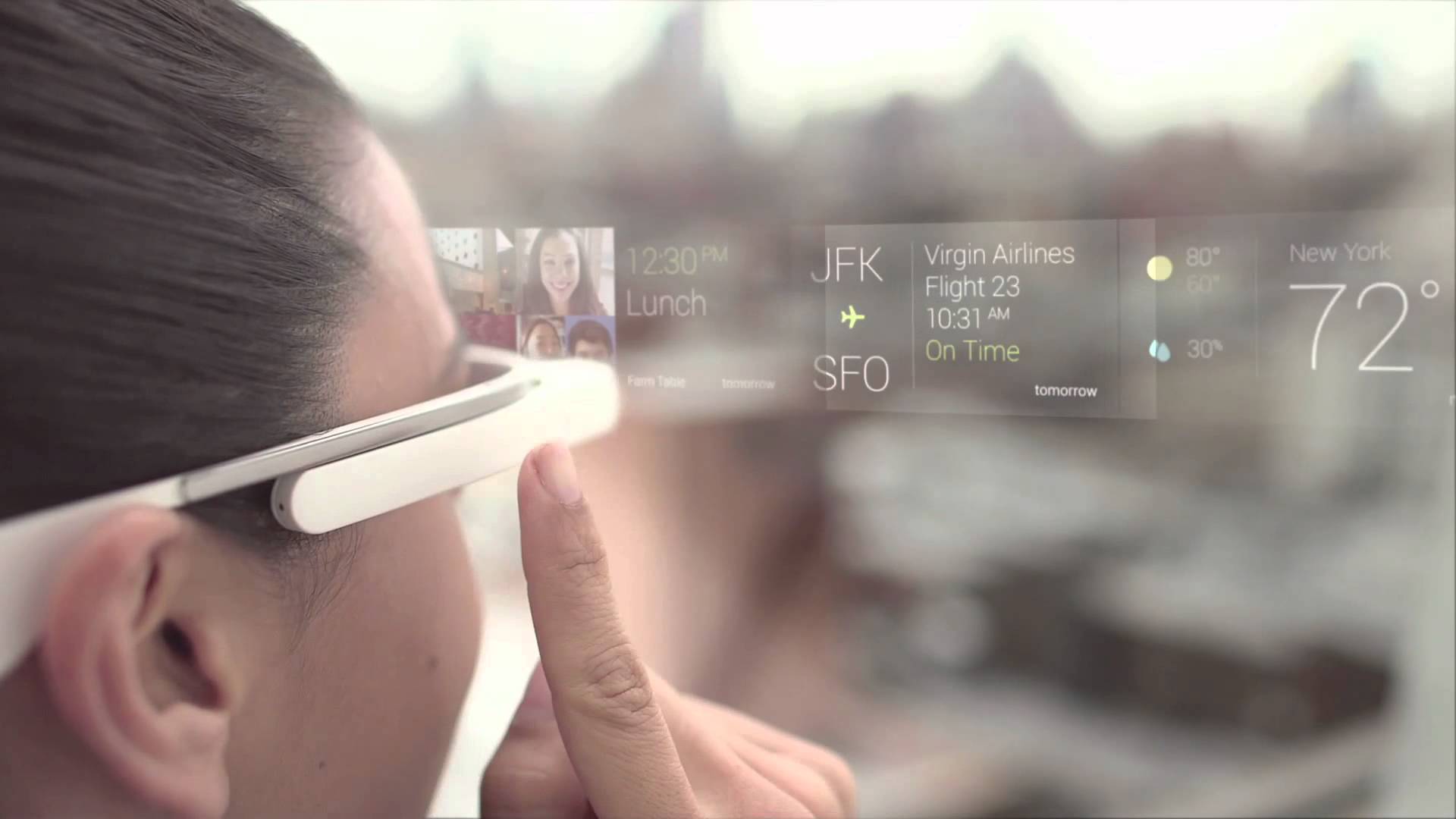 Google Glass is the poster child for what promises to be the next revolution in mobile devices: wearable technology. Right now the device is only available to ‘explorers’ (testers and developers), but should be released for sale to consumers later this year.
Google Glass is the poster child for what promises to be the next revolution in mobile devices: wearable technology. Right now the device is only available to ‘explorers’ (testers and developers), but should be released for sale to consumers later this year.
We all know what happened the last time an infinitely usable mobile technology was unleashed on the world – online educators and e-trainers are still feeling the reverberations, and continue to explore the new possibilities that on-the-go, mobile learning allows.
How will wearable technology change e-learning as the new devices offer the opportunity to overlay a constant stream of information and engagement on top of real-world experiences?
Wearable Learning Opportunities
Point-of-view demonstrations. Whether for equipment, laboratory, medical or surgical demonstrations, a wearable display could duplicate the point of view of someone performing dangerous, complicated, or risky procedures. Live video feeds could also allow for better testing and assessment, as instructors monitor the learner's performance directly from the learner's point of view.
Contextual and supporting material. During lectures and workshops, or even during meetings or presentations, the heads up display (HUD) could provide discrete, relevant secondary information to the wearer – to understand the lecture better, or even just to offer a reminder that it's the teacher's birthday. With technical topics -- such as heavy duty mechanics, or baking -- manuals, recipes and other information can be displayed so that learners obtain contextual information about the process they are undertaking.
Language practice. Immediate translation is one of the features offered by Google Glass. While on a first thought this might seem like a threat to online language learning programs, the opposite might prove to be true. Immediate translation could help a learner recognize patterns, vocabulary, and phrase construction in relation to their own native tongue in a more natural speaking and listening context than online language classes typically offer. No doubt this will help with the verbal aspect of learning a new language, but the written aspect will still rely on the lessons online programs provide.
(Even more) mobile learning. Already today, learners use their smartphones to listen to audio lectures while they jog or check assignment grades at anytime, anywhere. Wearable technologies could bring this to the next level – intelligently monitoring the wearer's environment and integrating relevant learning into their everyday life as a feed of enhanced reality.
Wearable technology supports already-growing learning trends
Already, organizations and educational institutions recognize the importance of continuous, on-the-go learning. Wearables will only support this further, by offering on-demand information and contextually relevant educational resources. As they have already done with smartphones and tablets, learning management systems (particularly open source LMS's supported by a big community of users) will adapt quickly to the new hardware and push the boundaries of what it means to offer e-learning.
To learn more about how your organization can implement on-the-go, anytime, anywhere learning--contact us today.
Google Glass: The Future of Wearable eLearning?




